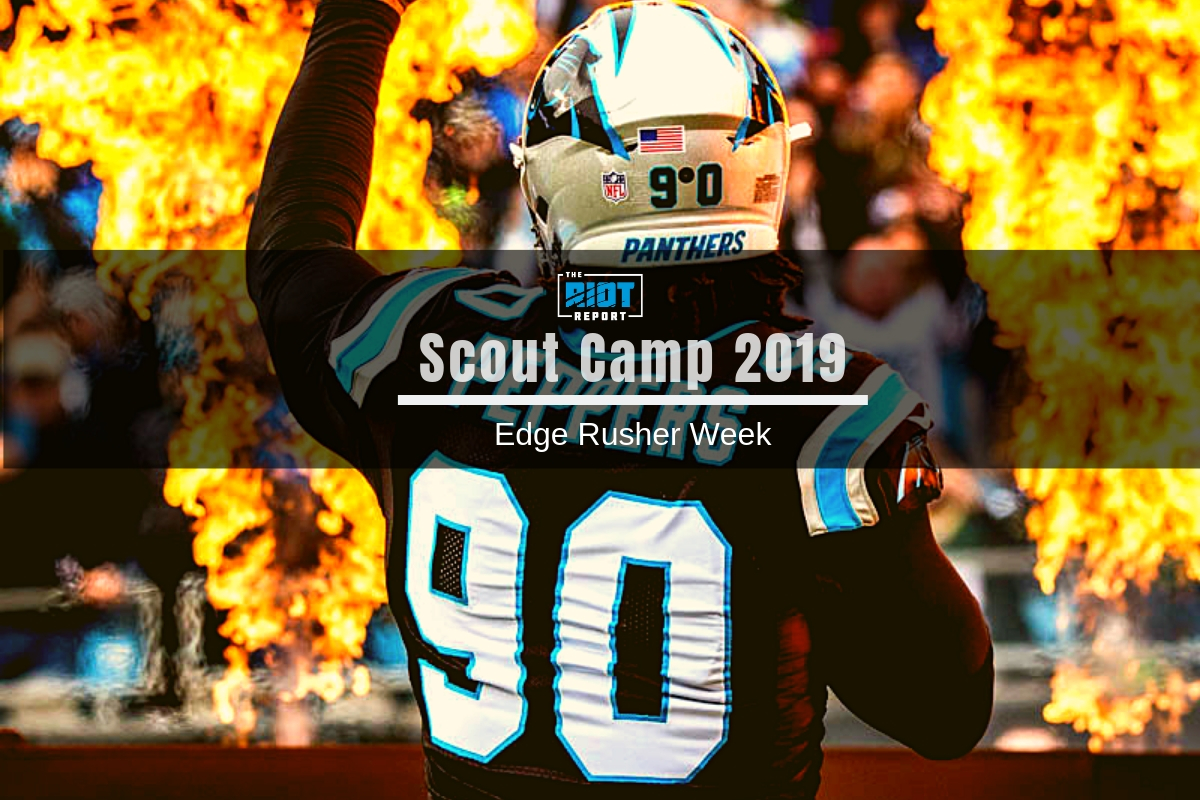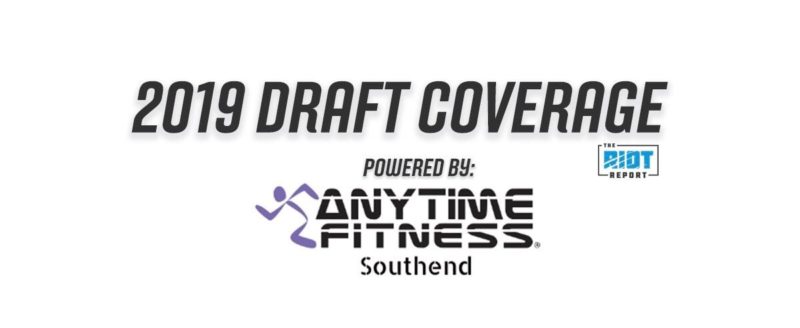There’s no more important position in the NFL than quarterback – and no more important action in football than disrupting that quarterback.
That’s why it is likely edge rushers will come flying off the board in the early portions of this year’s draft, just as they do every year.
There could be as many as six of them taken in the first 32 picks as Nick Bosa, Josh Allen, Rashan Gary, Montez Sweat, Brian Burns, and Clelin Ferrell could all be first-round picks on April 25. While there could be several edge rushers off the board early, history has shown, especially in the first round, a team is just as likely to draft a bust than a key contributor.
Although defensive ends and edge rushers may seem to be a safe way to go in this year’s draft; just like offensive lineman, that certainly isn’t always the case. Just like the 44.7% success rate for early-drafted tackles, the Panthers should be careful of which defensive end or edge rusher they target, assuming they select one at number 16 overall – it’s not enough just to choose an edge rusher – you’ve got to choose correctly..
Since the 1999 NFL Draft, there have been 46 defensive ends and pass rushers chosen from picks 1-16. Out of those selections, 23 of those have made least one Pro Bowl selection during their career; while 50% seems like a good average, there have been many draft busts during the last 20 seasons.
During that time, the Panthers have selected just one edge rusher during the last 16 years in the first round and Julius Peppers, who was selected No. 2 overall in the 2002 NFL Draft, turned out to be a Hall of Fame player – Peppers was named to nine Pro Bowl teams and six All-Pro teams while compiling 159.5 sacks over 17 seasons.
For every Peppers, who is one of the best Panthers of all-time, there have been players like Courtney Brown, Vernon Gholston, Aaron Maybin, and Dion Jordan, who are widely considered some of the biggest busts in draft history.
Brown was selected first overall by the Browns in 2000, but injuries would plague him for the rest of his career and he would record just 19 sacks in six seasons playing for the Browns and later the Broncos.
From #1 pick to out of the league in six seasons.
Gholston and Maybin’s careers were even shorter than Brown’s. After three seasons with the team — a time in which he recorded no sacks – the Jets released Gholston; Maybin registered just six sacks with the Bills before being released after two seasons.
He would play two more with the Jets before retiring in 2014.
Then there’s Jordan, whom the Dolphins decided to trade up to select in 2013 at number three overall. His best season ended up being his rookie campaign where he recorded 26 tackles and two sacks; in 2014 and 2015, Jordan was suspended for violating the NFL’s performance-enhancing substance policy.
He was later reinstated in 2016 but did not play a down that season as the Dolphins would release him in 2017 after a failed physical.
While those mentioned are draft busts, there have been some great examples of defensive ends and pass rushers selected from 1-16 that have worked out. Of course, Panther fans will mention Peppers and his soon to be Hall of Fame career, but there are many others.
Taken a year after Peppers, Terrell Suggs has also had a distinguished career in Baltimore; he has made seven Pro Bowl teams, along with being a two-time All-Pro while recording 132.5 career sacks for the Ravens.
Other potential Hall of Famers that have been selected within the 1-16 range of the NFL Draft includes DeMarcus Ware (2005), Von Miller, J.J. Watt (both 2011) and Khalil Mack (2015).
Elite pass rushers don’t come along often – that’s why if the Panthers do decide to go that route in the first round of the 2019 NFL Draft, they better hope they can target the right one – a Julius Peppers and not a Vernon Gholston.


